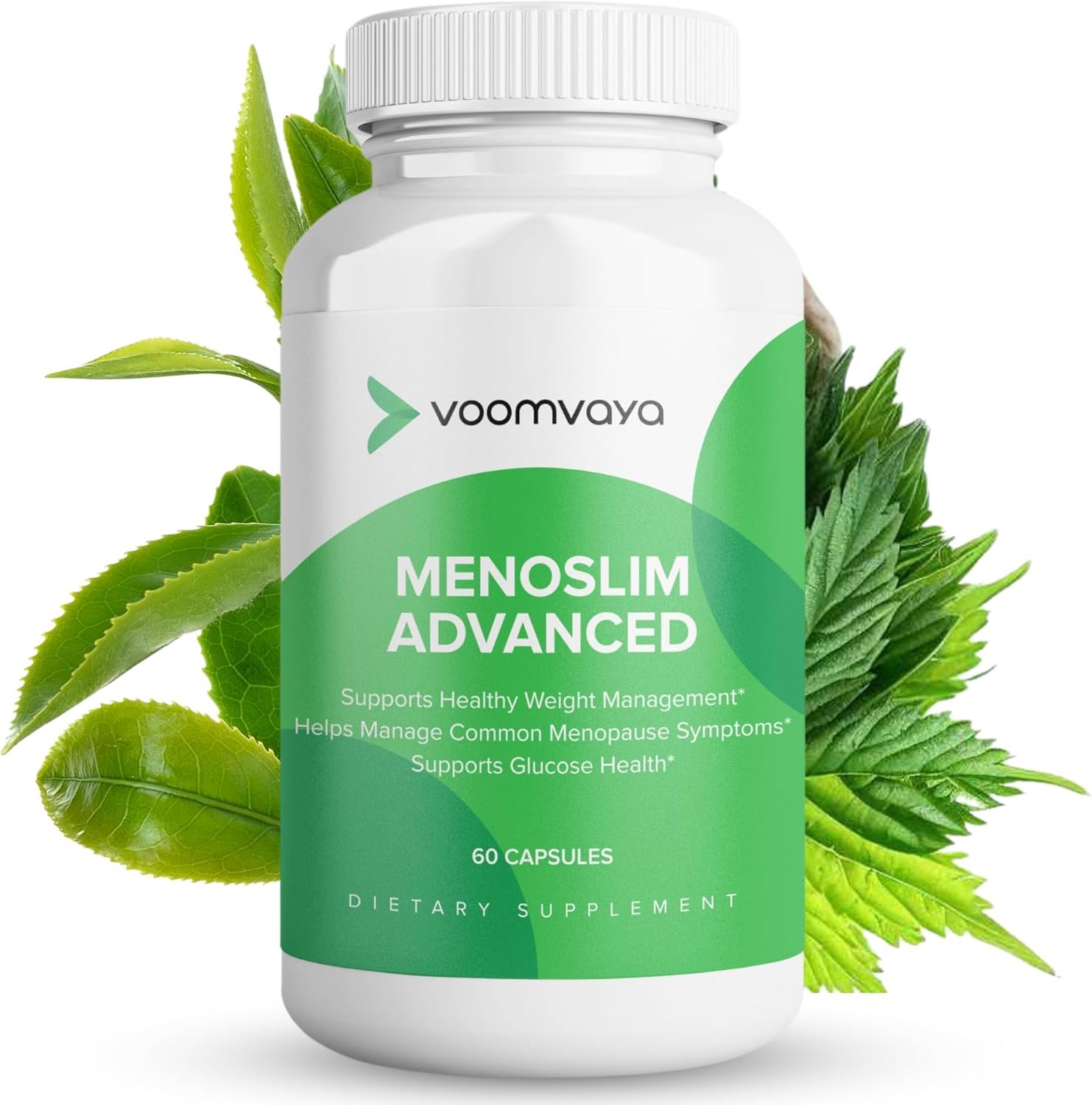

From Heart to Extremities: The Importance of Efficient Blood Flow
From Heart to Extremities: The Importance of Efficient Blood Flow
The human circulatory system is an intricate network responsible for transporting blood, essential nutrients, and oxygen throughout the body. At the heart of this system lies the heart, which pumps blood to various extremities. Understanding the significance of efficient blood flow from the heart to the extremities is crucial for maintaining overall health and preventing numerous health conditions.
What is Blood Flow?
Blood flow refers to the movement of blood through the circulatory system, which includes the heart, arteries, veins, and capillaries. The heart acts as a pump, creating pressure that pushes blood through arteries to deliver oxygen and nutrients. After the exchange of these vital substances at the capillary level, deoxygenated blood returns to the heart via veins.
The Role of the Heart
The heart is often described as the body’s engine. Efficient heart function is crucial for maintaining optimal blood flow. A healthy heart pumps approximately 70 milliliters of blood with each contraction. For adults, this translates into 5 to 6 liters per minute at rest. Several factors influence heart efficiency, including:
- Heart Rate: The number of beats per minute.
- Stroke Volume: The amount of blood ejected with each beat.
- Myocardial Contractility: The strength of heart muscle contractions.
Why Efficient Blood Flow is Essential
Efficient blood flow is paramount for several reasons:
- Nutrient Delivery: Blood transports vital nutrients to tissues and organs.
- Oxygen Supply: Red blood cells in the blood carry oxygen from the lungs, enabling cellular activity.
- Waste Removal: Blood assists in removing waste products like carbon dioxide and urea.
- Temperature Regulation: Blood flow helps regulate body temperature through heat distribution.
Impact of Poor Blood Flow
Poor blood flow, often referred to as poor circulation, can lead to a plethora of health issues, including:
- Peripheral Artery Disease (PAD): Reduced blood flow to limbs can lead to pain and mobility issues.
- Varicose Veins: Poor circulation can cause veins to become enlarged, leading to discomfort.
- Cognitive Impairments: Insufficient blood flow to the brain can result in cognitive issues and higher stroke risk.
- Fatigue: Decreased oxygen reaching muscles can cause chronic fatigue or weakness.
Factors Affecting Blood Flow
Several factors can influence the efficiency of blood flow:
- Age: As we age, arteries can become stiff, hampering circulation.
- Diet: A diet high in saturated fats can lead to plaque buildup in arteries.
- Physical Activity: Regular exercise promotes better circulation by strengthening the heart and improving vascular health.
- Medical Conditions: Conditions such as diabetes and hypertension can negatively impact blood flow.
Ways to Improve Blood Flow
Implementing lifestyle changes can greatly aid in improving circulation:
- Exercise Regularly: Aim for at least 150 minutes of moderate aerobic activity weekly.
- Maintain a Healthy Diet: Incorporate fruits, vegetables, whole grains, and healthy fats to promote cardiovascular health.
- Stay Hydrated: Proper hydration helps maintain blood volume and viscosity.
- Quit Smoking: Smoking damages blood vessels and decreases circulation.
- Manage Stress: Practices like yoga and meditation can help lower stress-related blood pressure.
Conclusion
Efficient blood flow from the heart to extremities is crucial for overall health and well-being. It ensures that our vital organs receive necessary nutrients, oxygen, and waste removal. By understanding the importance of blood circulation and adopting healthy lifestyle changes, individuals can enhance their blood flow, reduce the risk of related health issues, and lead a more vibrant life. Prioritizing cardiovascular health should be at the forefront of each person’s wellness journey.
FAQs
1. What are the signs of poor blood circulation?
Common signs include numbness or tingling in the extremities, cold hands and feet, frequent fatigue, swelling, and varicose veins.
2. Can diet really affect blood flow?
Yes, a diet high in unhealthy fats and sugars can lead to plaque in arteries, while a balanced diet promotes heart health and efficient circulation.
3. How much exercise is recommended for better circulation?
Experts recommend at least 150 minutes of moderate aerobic exercise per week, such as walking, cycling, or swimming, to improve blood flow.
4. Are there medications for improving circulation?
Yes, certain medications can enhance blood flow, particularly for those with diagnosed circulatory issues. Always consult a healthcare provider for proper guidance.
5. Can hydration really impact blood circulation?
Absolutely! Staying hydrated helps maintain blood volume and reduces the viscosity of blood, making it easier for the heart to pump efficiently.
















